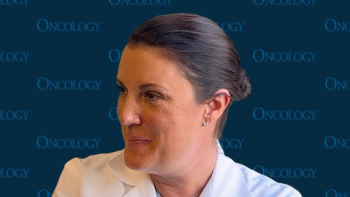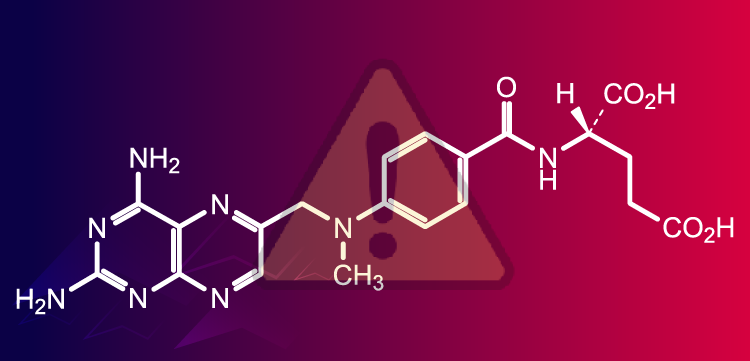
Despite PFS Boost, Missing Data About Second-Generation BTKi for R/R MCL May Cause Opportunity Cost
Investigators highlight key findings from an early cost analysis of phase 1/2 trials examining Burton tyrosine kinase inhibitors in patients with relapsed/refractory mantle cell lymphoma.
An early cost analysis based on phase 1/2 clinical trials of patients with relapsed/refractory mantle cell lymphoma who were given Burton tyrosine kinase inhibitors highlighted that despite a progression-free survival (PFS) benefit with second-generation agents, a lack of direct trial evidence could result in opportunity cost or lost health benefits, according to findings published in the Journal of Managed Care Specialty Pharmacy.
The cost effectiveness analyses set out to compare ibrutinib (Imbruvica), acalabrutinib (Calquence), and zanubrutinib (Brukinsa) by estimating the incremental cost-effectiveness (ICER) regarding the additional cost to gain one life year of PFS (PFLYg). Additionally, the cost-utility ratio (ICUR) was assessed by the additional cost to gain one quality-adjusted life year per PFS (PFQALYg).
When comparing acalabrutinib with ibrutinib, the 3-year ICER was $90,571 (probabilistic sensitivity analysis [PSA]), $88,588)/PFLYg with an ICUR of $117,098 (PSA, $110,063)/PFQALYg. Additionally, the comparison with zanubrutinib yielded a 3-year ICER of $58,422 (PSA, $58,907)/PFLYg and an ICUR of $73,027 (PSA, $73,634)/PFQALYg. The 5-year ICER estimate for acalabrutinib was $73,918 (PSA, $74,189)/PFLYg and the ICUR was $90,512 (PSA, $90,844)/PFQALYg. For zanubrutinib, corresponding ICER and ICUR were $48,641 (PSA, $48,732)/PFLYg and $61,612 (PSA, $63,727)/PFQALYg.
“This CEA based on early-phase trials of BTKIs in R/R MCL suggests an additional PFS benefit for second-generation BTKIs compared with ibrutinib, with acalabrutinib yielding better incremental PFLY and PFQALY outcomes than zanubrutinib over ibrutinib, yet at higher incremental cost. Both acalabrutinib and zanubrutinib were cost-effective against a WTP threshold of $150,000. The relative uncertainty due to the lack of direct trial evidence may lead to an opportunity cost or lost health benefits. The economic gains associated with greater and more precise empirical certainty are likely to exceed the costs of a clinical trial,” the investigators wrote.
Investigators estimated the treatment efficacy and costs over a time period of 3 and 5 years. Several comparators were included in the research, including ibrutinib vs acalabrutinib, ibrutinib vs zanubrutinib, and acalabrutinib vs zanubrutinib.
Additional findings from the analysis indicated that with zanubrutinib as the comparator, the 3-year ICER for acalabrutinib was $144,633 (PSA, $134,964)/PFLYg and the ICUR was $197,227 (PSA, $166,109)/PFQALYg. Additionally, the 5-year estimates were $117,579 (PSA, $118,161)/PFQALYg and $136,144 (PSA, $136,818)/PFQALYg, respectively.
Investigators concluded that more data are necessary to assess the relative efficacy of BTK inhibitors in terms of cost.
References
Alrawashdh N, McBride A, Slack M, et al. Cost-effectiveness and value of information analyses of Bruton’s tyrosine kinase inhibitors in the treatment of relapsed or refractory mantle cell lymphoma in the United States. J Manag Care Spec Pharm. 2022;8(4):390-400. doi:10.18553/jmcp.2022.28.4.390
Newsletter
Stay up to date on recent advances in the multidisciplinary approach to cancer.


















































































